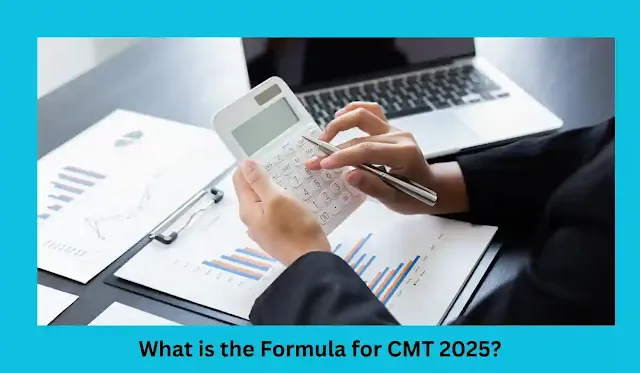What is the Formula for CMT 2025?
In the garment industry, CMT stands for Cut, Make, and Trim. It is a popular production model used by manufacturers to streamline the garment production process. Understanding the formula for CMT is crucial for apparel brands looking to optimize their manufacturing strategies and reduce costs.
As we approach 2025, the significance of mastering the CMT formula cannot be overstated. This post will explore the CMT process, how to calculate CMT costs, and the factors that influence these calculations.

Understanding CMT: The Basics

The CMT model involves three main stages:
Cut: The first step involves cutting the fabric according to the patterns provided by the design team. Accurate cutting is essential to minimize fabric waste and ensure precision in garment production.
Make: This stage involves sewing the cut fabric pieces together to create the finished garment. It encompasses all aspects of stitching, assembly, and finishing touches.
Trim: The final stage includes adding any necessary trims, such as buttons, zippers, labels, and tags, to complete the garment. This step also includes quality control measures to ensure that the finished product meets the brand's standards.
CMT Cost Formula
The formula for calculating CMT costs can be broken down as follows:
CMT Cost = Cutting Cost + Making Cost + Trimming Cost
Cutting Cost: This includes labor costs for cutting the fabric and any equipment expenses related to the cutting process.
Making Cost: This refers to labor costs associated with sewing the garment, including wages for seamstresses and any machine-related expenses.
Trimming Cost: This encompasses the costs of all trims and accessories used in the garment, as well as the labor involved in applying these trims.
Calculating CMT Costs: A Simple Example
Let’s say you have the following costs for a specific garment:
- Cutting Cost: $2.00 per garment
- Making Cost: $8.00 per garment
- Trimming Cost: $1.50 per garment
Using the CMT formula:
CMT Cost =
$2.00 (Cutting) + $8.00 (Making) + $1.50 (Trimming) = $11.50 per garment
Understanding this cost breakdown helps brands set appropriate retail prices and manage production budgets effectively.
Factors Influencing CMT Costs
Several factors can impact the CMT costs for a garment:
Fabric Type: The choice of fabric can influence cutting and making costs. More complex fabrics may require specialized cutting techniques or additional sewing time.
Design Complexity: Intricate designs with multiple components can increase making costs due to the additional labor required for assembly.
Order Quantity: Larger production runs may reduce per-unit CMT costs due to economies of scale, while smaller runs often incur higher costs.
Geographic Location: Labor costs vary by region, affecting overall CMT costs. Manufacturing in regions with higher labor costs will increase the CMT per garment.
Supplier Relationships: Strong relationships with suppliers can lead to better pricing on materials and trims, ultimately impacting CMT costs.
FAQ:
What is the Formula for CMT 2025?
1. What does CMT stand for in the garment industry?
CMT stands for Cut, Make, and Trim. It is a manufacturing model that focuses on the three main processes involved in producing garments.
2. How is CMT cost calculated?
CMT cost is calculated using the formula:
CMT Cost = Cutting Cost + Making Cost + Trimming Cost.
This includes labor and material costs associated with each of the three stages.
3. What are the components of the CMT formula?
The components of the CMT formula include cutting costs (labor and equipment for cutting fabric), making costs (labor for sewing the garment), and trimming costs (materials and labor for adding trims).
4. Why is understanding the CMT formula important?
Understanding the CMT formula is crucial for apparel brands to effectively manage production costs, set retail prices, and optimize their manufacturing processes, particularly as the industry evolves towards 2025.
5. What factors can influence CMT costs?
Factors that can influence CMT costs include fabric type, design complexity, order quantity, geographic location, and the nature of supplier relationships.
6. How can brands reduce CMT costs?
Brands can reduce CMT costs by optimizing designs for efficiency, sourcing materials at competitive prices, increasing order quantities for better pricing, and enhancing supplier relationships.
7. What trends might affect the CMT process by 2025?
Trends affecting the CMT process by 2025 include advancements in automation, increasing demand for sustainable materials, and the need for faster turnaround times in production.
In conclusion, understanding the formula for CMT is essential for garment manufacturers aiming to streamline their production processes and manage costs effectively. By grasping the components and factors influencing CMT, brands can better navigate the challenges of the garment industry and thrive in 2025 and beyond.



.png)
.png)



